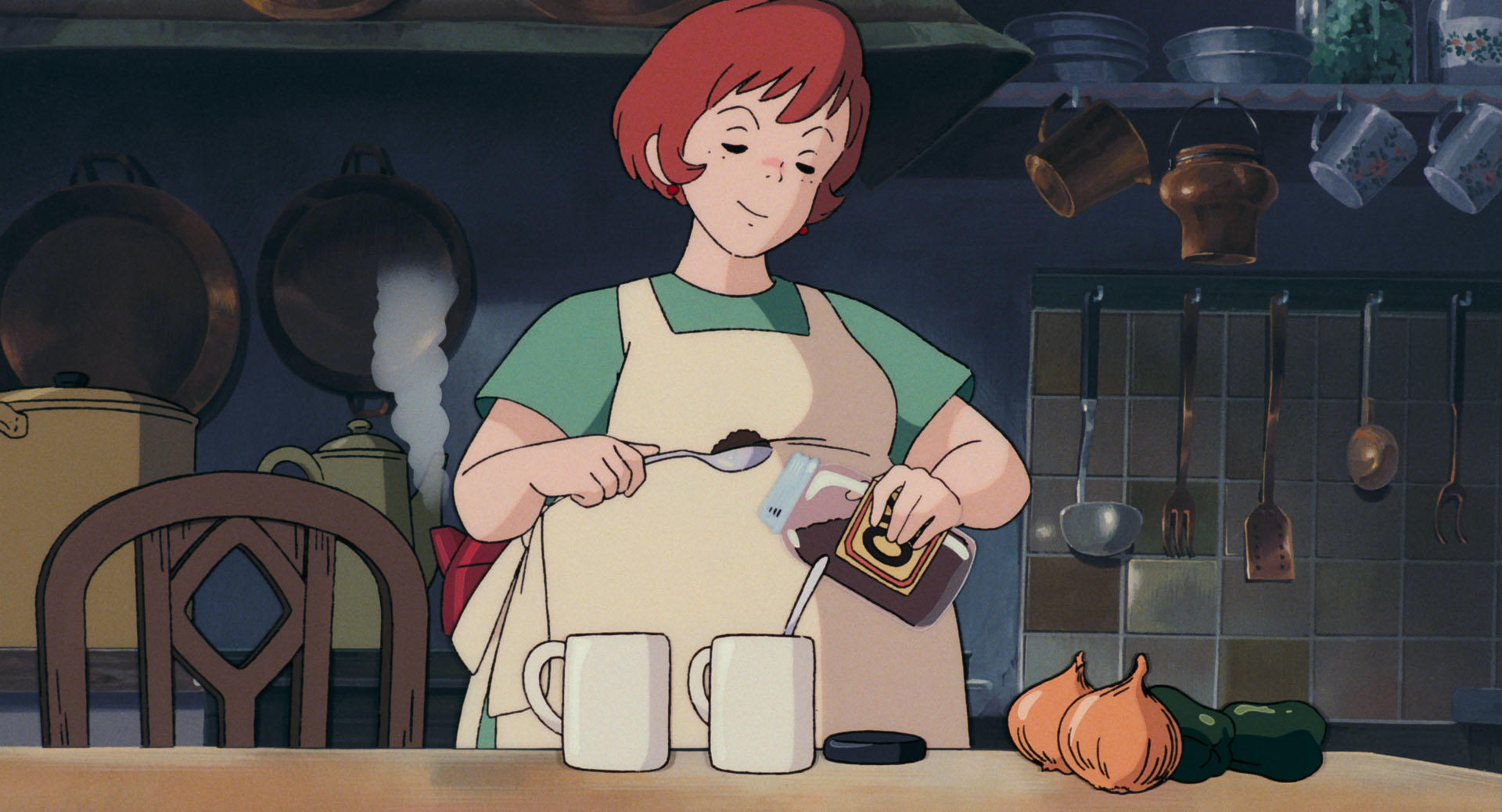
About Studio Ghibli
Studio Ghibli Inc. (Japanese: 株式会社スタジオジブリ, Hepburn: Kabushiki-gaisha Sutajio Jiburi) is a Japanese animation studio headquartered in Koganei, Tokyo. It is best known for its animated feature films, and has also produced several short subjects, television commercials, and two television films. Its mascot and most recognizable symbol is a character named Totoro, a giant spirit inspired by raccoon dogs (tanuki) and cats from the 1988 anime film My Neighbor Totoro. Among the studio's highest-grossing films are Spirited Away (2001), Howl's Moving Castle (2004) and Ponyo (2008). The studio was founded on June 15, 1985, by directors Hayao Miyazaki and Isao Takahata and producer Toshio Suzuki, after acquiring Topcraft's assets. It has also collaborated with video game studios on the visual development of several games.
Five of the studio's films are among the ten highest-grossing anime feature films made in Japan. Spirited Away is second, grossing 31.68 billion yen in Japan and over US$380 million worldwide; and Princess Mononoke is fourth, grossing 20.18 billion yen. Many of their works have won the Animage Grand Prix award. Four have won the Japan Academy Prize for Animation of the Year. Five of their films have received Academy Award nominations. Spirited Away won the 2002 Golden Bear and the 2003 Academy Award for Best Animated Feature.
Style and themes
Whether the stories have been adapted from manga comics or written from scratch, they all have the tendency to connect with the audience on a human level. Studio Ghibli films are mostly hand-drawn using rich water and acrylic colors and the films have less than ten percent use of modern technology such as CAD. Even today, with the technological advancement in the field of filmmaking, the studio still believes in using the old and traditional method of making animated films. All the Studio Ghibli films are rich in color, and they tend to use intricate watercolor and acrylic 2D animation with vivid colors (particularly greens), and have a whimsical and joyful aesthetic.
The main focus of the films is emotions and character strengths and flaws. The stories of Studio Ghibli films usually focus on the lives of youth, especially school children. The characters are young and restless, eager to prove themselves to the world. The signature style and recurrent themes of the studio reflect those of Miyazaki and the other directors and creatives. Common themes include the risks posed by progress to tradition, environmentalism and the natural world, independent female protagonists, the cost of war, and youth.
The theme of humanism and nature
While the poetic animation invites us into the world of Ghibli, what makes us stay are the feel-good themes of humanist sensibilities. Catering to its younger audience, the movies have a tone of didacticism where they intend to teach some form of lessons or insights through their stories. These are essentially coming-of-age stories where the characters go on an adventure which metaphorically becomes a journey of growing up and to a large part highlight the relationship with nature. The philosophy of humanism pins importance on humans and their individualism, focusing on ideas of freedom and empowerment as well as seeing nature as an extension of self. Hence, along with deeply personal themes, the distinguishing factor of Studio Ghibli is its portrayal of nature. Miyazaki explains,
“We don't subordinate the natural setting to the characters... That is because we feel that the world is beautiful. Human relationships are not the only thing that is interesting. We think that weather, time, rays of light, plants, water, and wind—what make up the landscape—are all beautiful. That is why we make efforts to incorporate them as much as possible in our work.”
Romanticization of the ordinary
Delving further into the humanist themes, a distinct yet common trait of Studio Ghibli films is the romanticization of everyday life. Unlike Disney films which are often rooted in deep, tragic conflict; conflicts in most Ghibli films do not do the heavy lifting of building narrative but are instead, fleeting and quite simple. The pace of the film is steady with importance given to ordinary and mundane actions: Sophie making hats in Howl's Moving Castle, Ponyo enjoying his meal, Shizuku studying in Whisper of the Heart, Takashi and his wife Matsuke fighting over the TV remote in My Neighbor Yamadas are few of many instances which celebrate the beauty in mundane.
These quiet and sombre moments may not necessarily push the story forward but allow opportunities for worldbuilding as they establish the time and space of the characters' world. Miyazaki terms it 'Ma' which in Japanese means emptiness.
“If you just have non-stop action with no breathing space at all, it's just busyness, but if you take a moment, then the tension building in the film can grow into a wider dimension. If you just have constant tension at 80 degrees all the time you just get numb.” -Miyazaki
